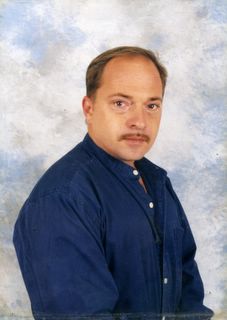In an article HERE, we learn of a high school amateur radio club encouraging students to pursue engineering vocations by participating in some high level hands-on projects dealing with weather balloons, robotics, and artificial intelligence.
From the Article:
"During the past three years, the small group has enjoyed a resurgence on campus, bringing back a tradition that began in the mid-1940s as a way to give students interested in engineering, computer science and other high-tech fields a way to pursue their interests outside the classroom.
Anthony Girasoli, NFA’s director of information technology and club adviser, said taking on intensive activities such as the weather balloon and robot not only provide students with valuable learning opportunities, but is a good recruiting tool.
“The challenge is, how do you make ham radio interesting to this age group?” Girasoli said."
Here's a video demonstrating one of their projects:
I think this school is on to something. Why does most high school learning in these subjects have to be tedious, and without recognizable purpose? I believe this type learning is the best form of learning. What are your thoughts?
READ THE FULL ARTICLE HERE
12/17/16 Wood Cutting, Devil Worship interruption, Deal not Honored
-
Interesting dream about a kid with long reddish-brown hair.
He looked like he was around 16 years old. Strange thing about this kid
is that at times in ...
9 years ago













































